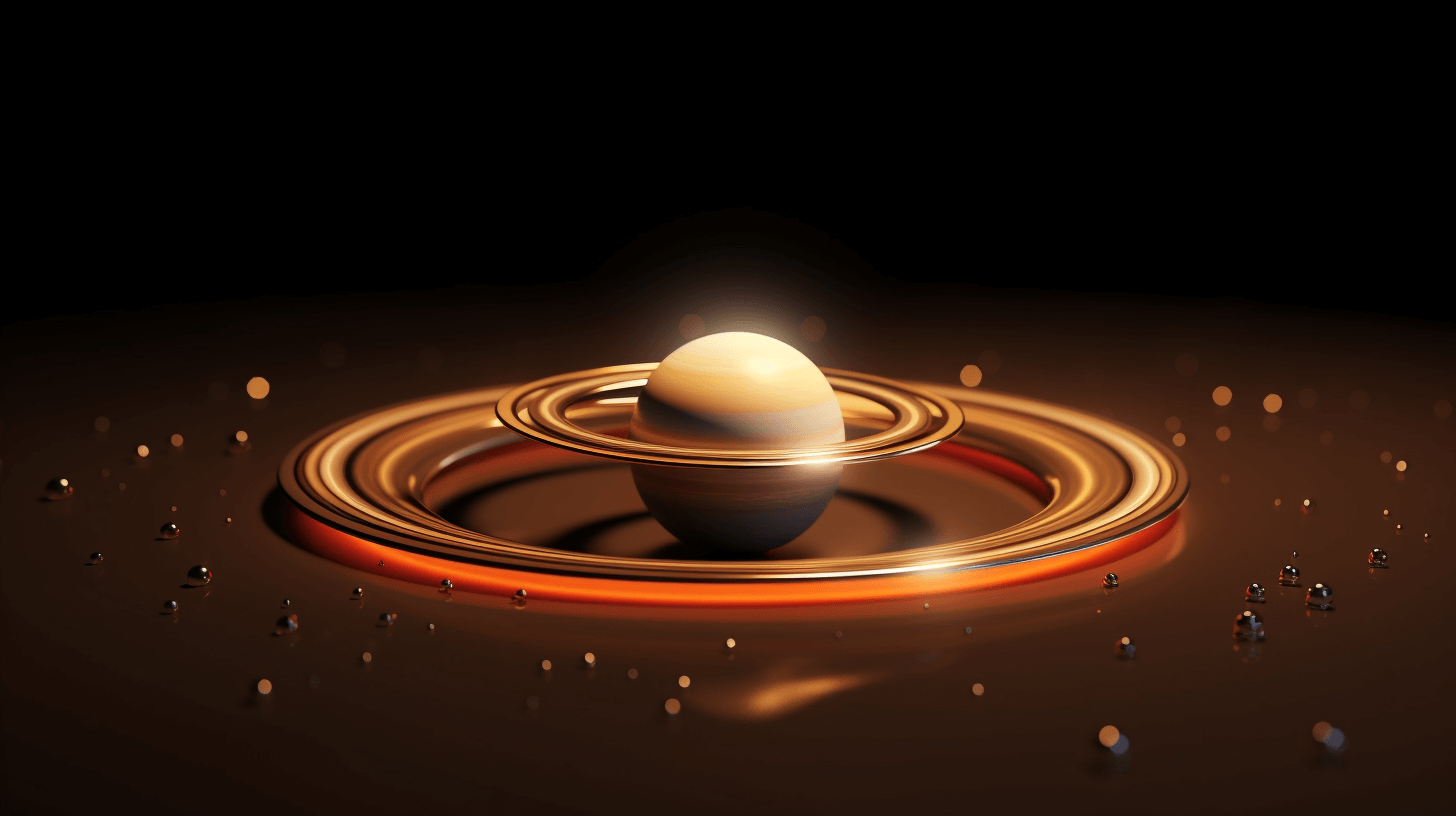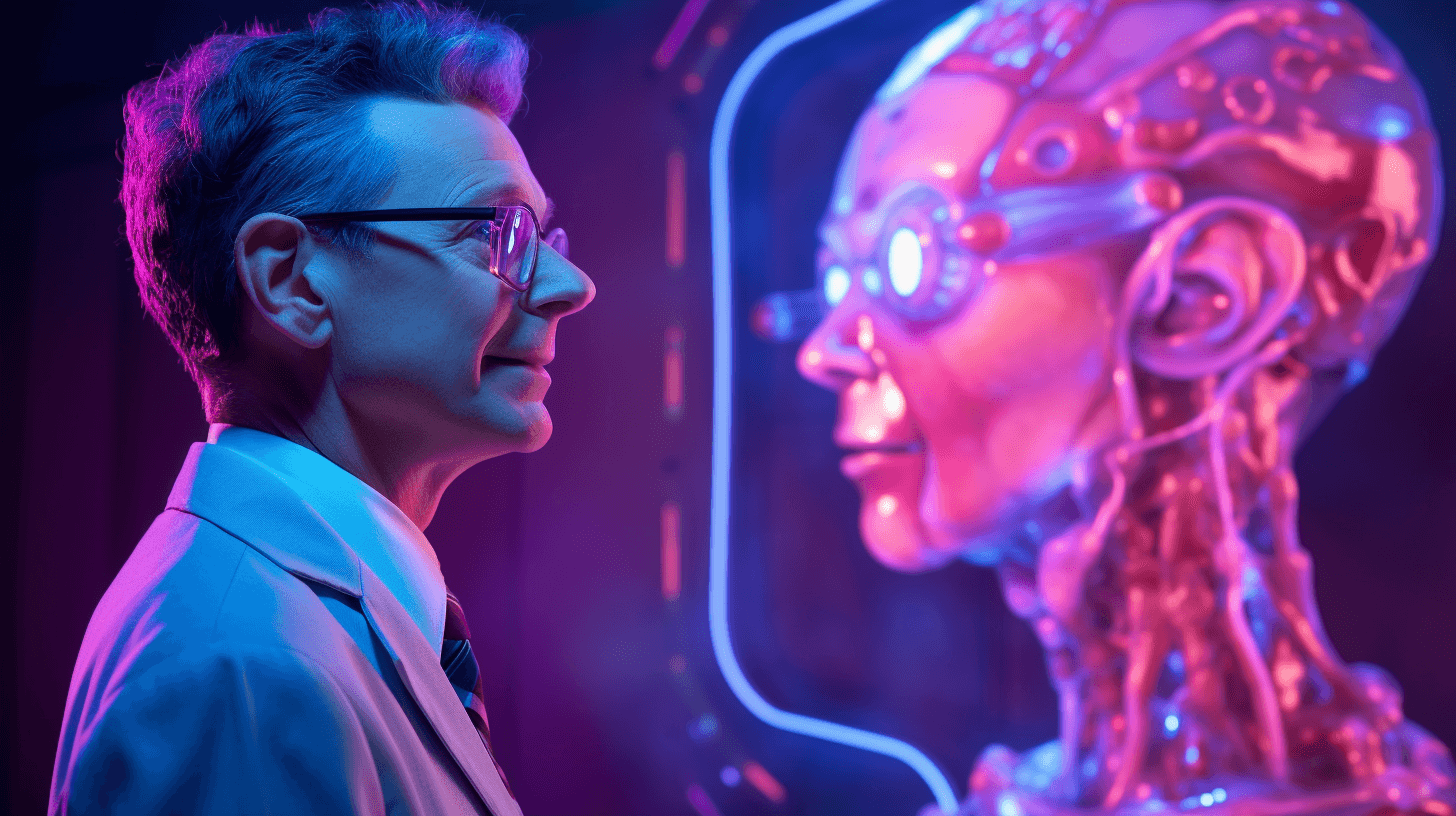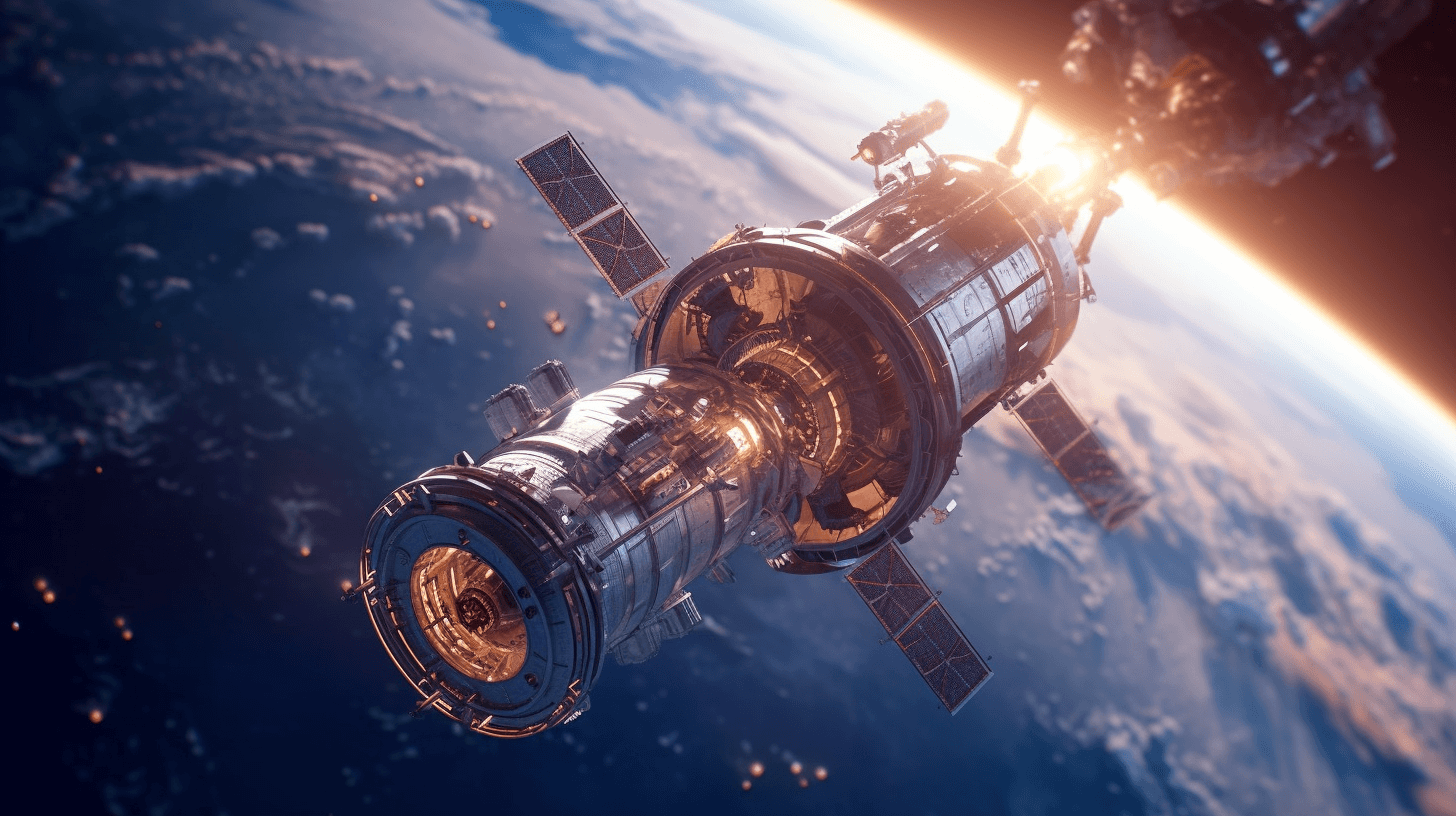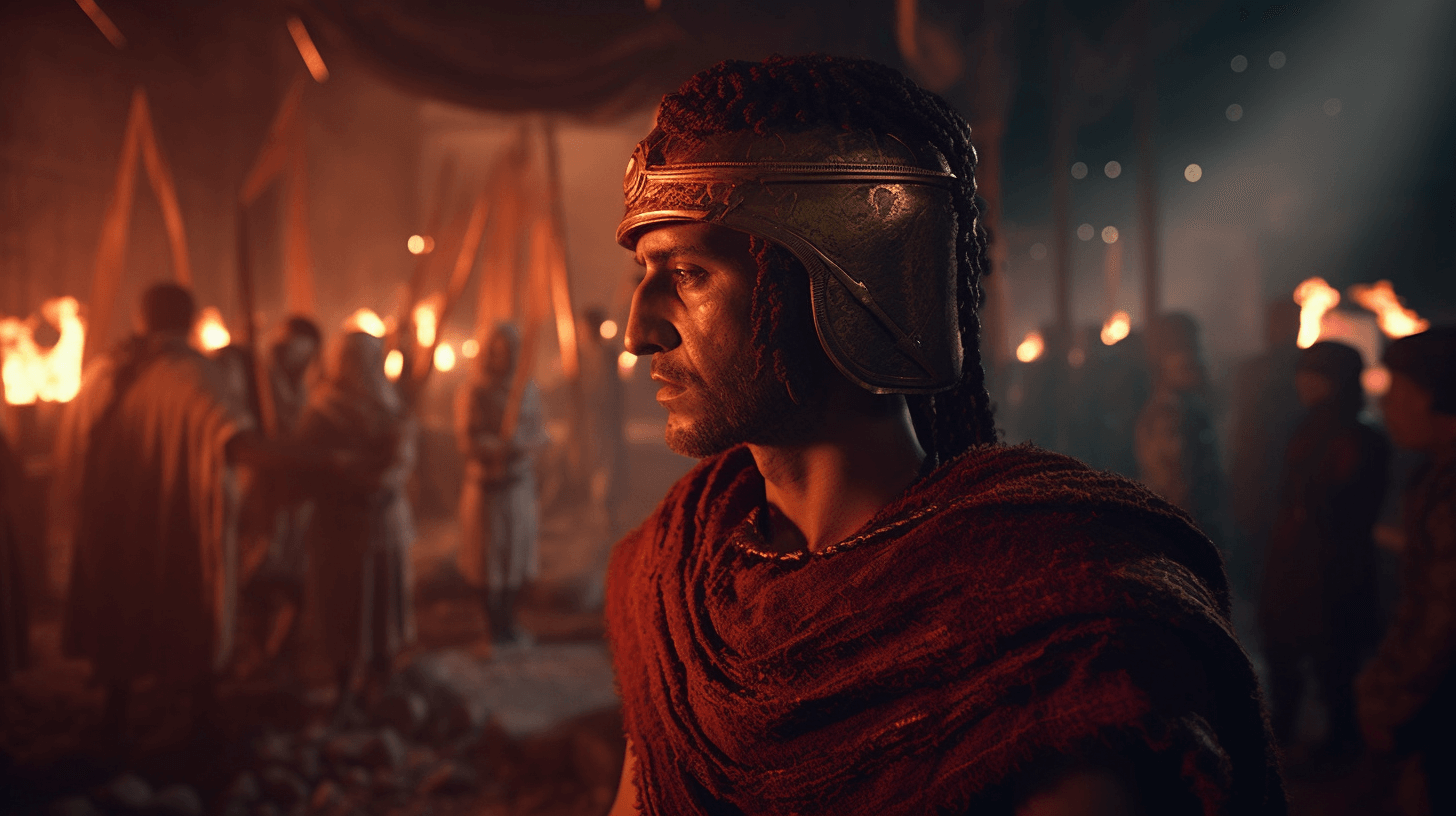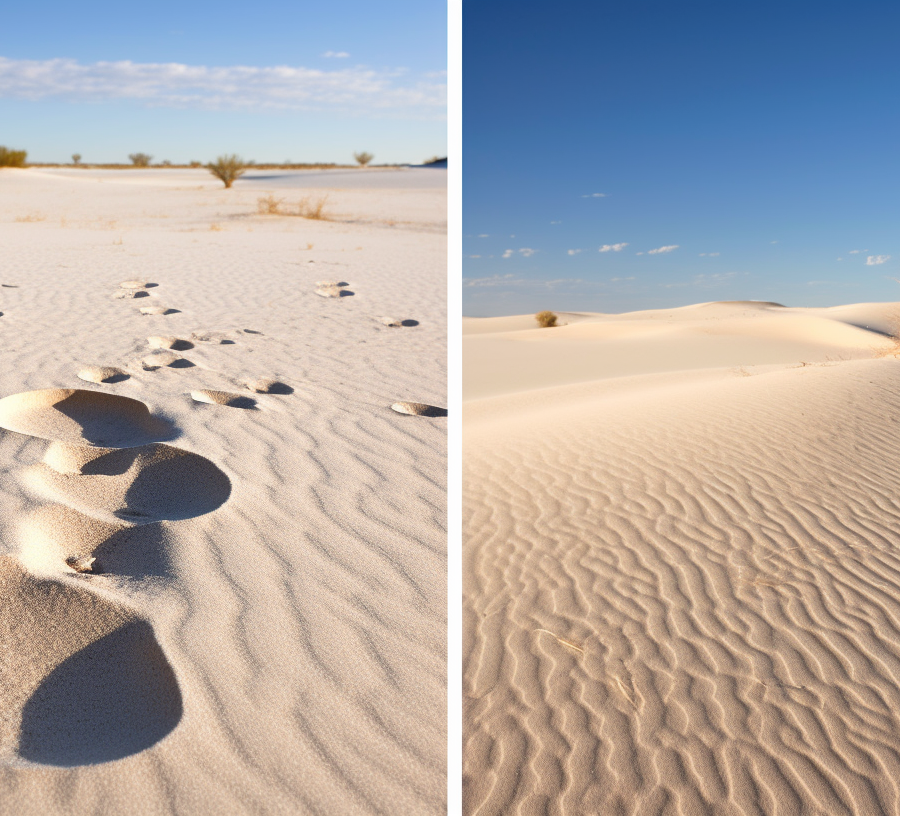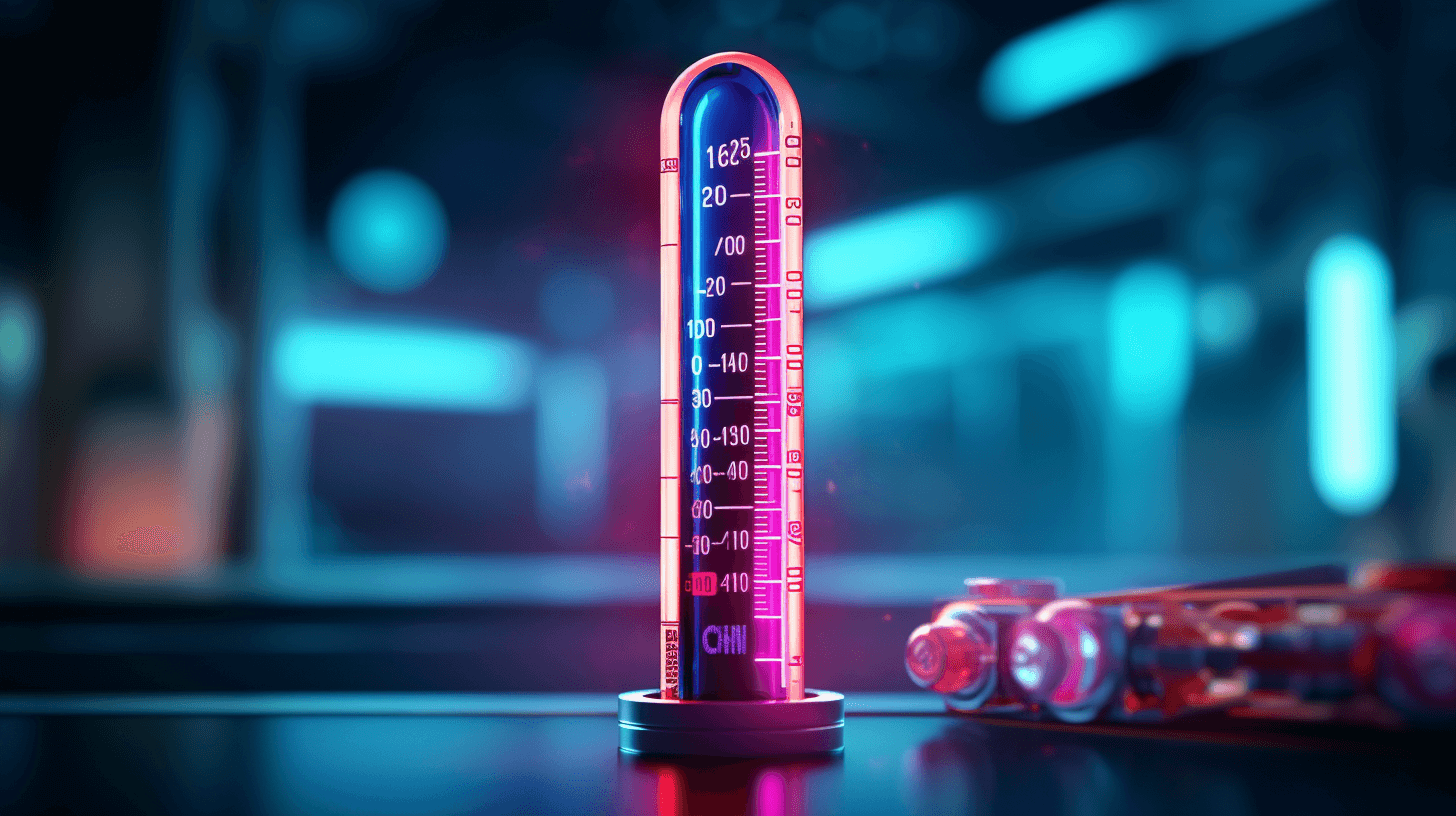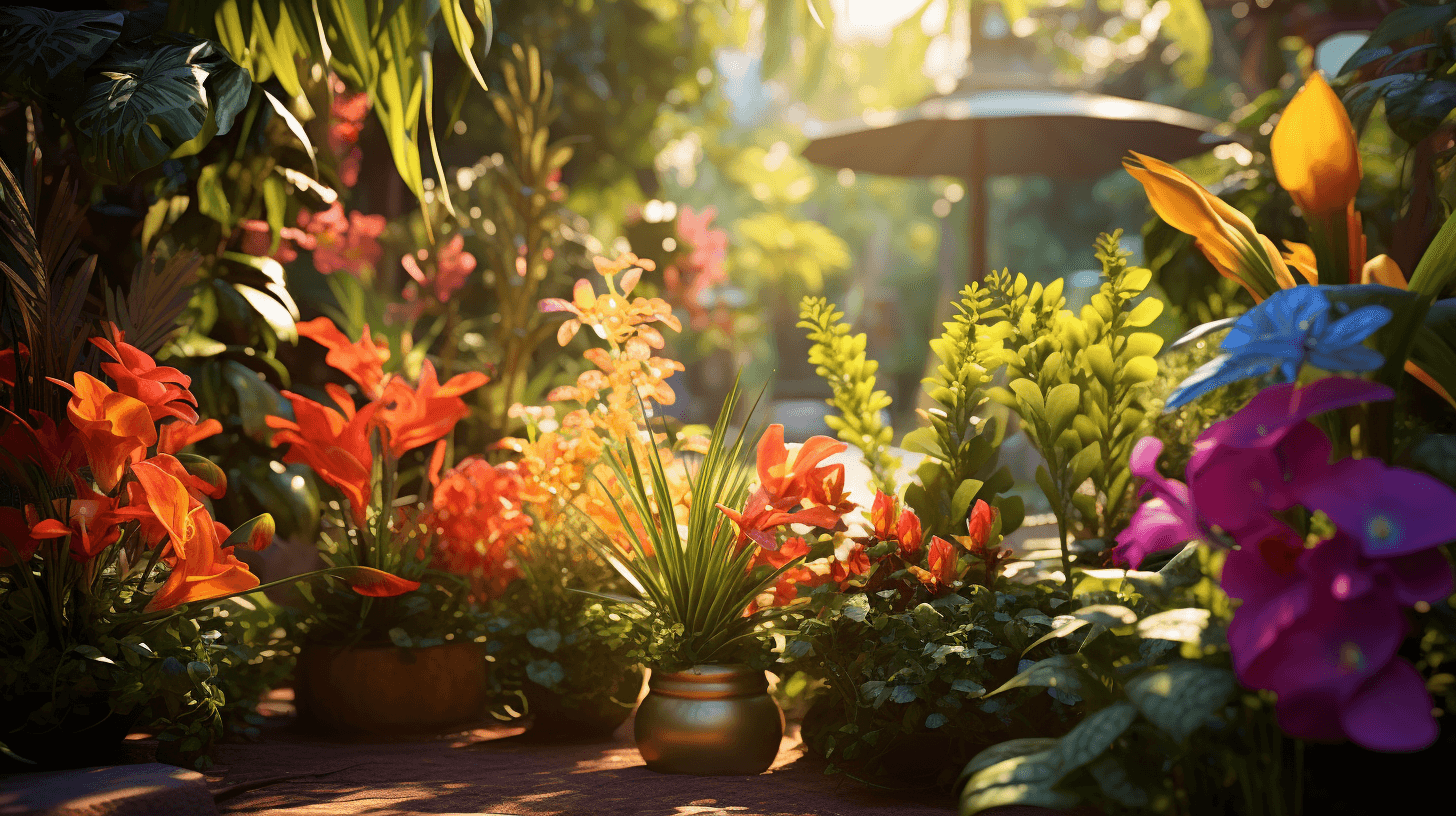🪐🌕 Saturn Taking Ova: 62 New Moons Makin’ Jupiter Look Small
Eh, brah! We got one kine showdown happenin’ up dea in da universe. Saturn and Jupiter, dey going head-to-head fo’ see who get da most moons. Jupiter, dat big kahuna, been ruling da roost wit 95 moons, but now Saturn, da kine planet wit da rings, coming in strong wit 62 new moons. If da scientists recognize all da new discoveries, Saturn going have whopping 145 moons in its orbit, making Jupiter look like small kine. 🪐🌕🌍
In one corner, we get Jupiter, da largest planet going ’round our sun. Dis massive planet, wit its heavy gravity, shaped our whole solar system, yeah? It’s been da champ when it comes to moons, but now Saturn coming in fierce. 💪🌠
In da odda corner, we get Saturn, da stunning planet wit da beautiful rings and dem crazy hexagonal storms at its poles. Dis kine got its own special charm, no doubt. 🌀🪐💫
Da battle been going on fo’ who get da most moons, and now Saturn taking da lead. Da International Astronomical Union, dey goin’ recognize 62 new moons of Saturn. All dis based on da discovery made by da astronomers. Wit dis new batch, Saturn going have mind-boggling 145 moons, leavin’ Jupiter in da dust wit its 95 moons. 😮🌙
Scott Sheppard, one astronomer from da Carnegie Institution for Science in Washington, D.C., he say, “Dey both get plenny moons, but Saturn, eh, it get significantly more.” Nobody know exactly why, but Saturn stay winning in da moon department. Da reasons stay little bit mysterious, yeah? 🌚🔭
Now, let’s talk story about da new moons of Saturn. Dey not like da bright kine moon we see in da sky at night. Dese ones, dey irregular shapes, like potatoes, and no mo’ big, just one or two miles wide. Dey stay far from da planet too, between six million and 18 million miles away. Compare dat to da larger moons like Titan, dey stay mostly within one million miles of Saturn. But no get me wrong, dese small irregular moons, dey stay interesting on their own. Dey all clump up in groups, and some scientists think dey might be leftovers from bigger moons dat wen break apart while going ’round Saturn. 🥔🌌🌑
Bonnie Buratti from NASA’s Jet Propulsion Laboratory, she say, “Dese moons, dey stay important fo’ understand da big questions about our solar system.” Dey get evidence of stuff dat happened way back wen our solar system was still forming, yeah? 🌌🌍🔬
But hold on, we still gotta figga out wat makes one moon, yeah? Scott Sheppard say, “Da simple definition of one moon is dat it’s one object dat orbits one planet.” Right now, da size no mattah. We stay keeping it simple, you know. 😎🌓🌠
Da discovery of da new moons, it came from two different groups. One group led by Scott Sheppard wen use da Subaru Telescope in Hawaii fo’ find more moons ’round Saturn. Anodda group, led by Edward Ashton from da Academia Sinica Institute of Astronomy and Astrophysics in Taiwan, dey wen use da Canada France Hawaii Telescope on Mauna Kea fo’ look for more of Saturn’s moons. 🌌🔭
Back in da mid-2000s, Scott Sheppard’s group, dey wen use da Subaru Telescope fo’ spot 12 new moons ’round Jupiter. Fo’ one moment, Jupiter was on top, but da victory was short-lived. Saturn bounced back, thanks to da new discoveries. But let’s not forget about Edward Ashton’s group. Dey been doing work from 2019 to 2021, using da same telescope as Scott Sheppard’s group, fo’ search fo’ more of Saturn’s moons and verify some of da discoveries made by Scott Sheppard. Fo’ one moon fo’ be recognized officially, it gotta be seen multiple times to make sure it’s one satellite and not just one asteroid hanging out near da planet. Da International Astronomical Union got Mike Alexandersen taking care of da moon confirmations. 🌙🔍🌠
Most of da irregular moons ’round Saturn, dey stay in groups known as da Inuit, Norse, and Gallic groups. Each group might be da remains of bigger moons, maybe up to 150 miles across, dat used to orbit Saturn but wen break apart from getting hit by asteroids or comets, or from crashing into each otha. Scott Sheppard say, “Dis shows dat big collisions wen happen in da history of dese planets.” 🌚💥💫
Dem original moons, dey might have been captured by Saturn early on in da solar system’s life, maybe within da first few hundred million years afta Saturn formed about 4.5 billion years ago. But not all da moons stay in dese groups. Some rogue moons, dey stay orbiting in da opposite direction compared to da odda moons. Scott Sheppard say, “We no know wat’s going on wit dose retrograde moons.” Edward Ashton tink dey might be leftovers from one more recent collision. 🌗🌌🌑
Learning more ’bout da new moons stay tough ’cause dey small and stay far away from Saturn. Dey one special kind of object, different from da asteroids dat formed closer to da sun or da comets dat formed farther out. But we still no know too much. Scott Sheppard say, “Dese objects might be one-of-a-kind, da last remnants of wat formed in da giant planet region. Dey probably made of ice and odda stuff.” 🥔🌬️❄️
Da Cassini spacecraft from NASA wen manage to observe ’bout two dozen of da moons ’round Saturn before its mission ended in 2017. Even though it couldn’t get too close fo’ detailed study, da data it collected still helped scientists figure out da rotation period, spin axis, and even da shape of some of da moons. Tilmann Denk from da German Aerospace Center, who led da observations, say dey even found plenty ice on da surface of one of da bigger irregular moons, Phoebe. 🚀❄️🌚
If we can get closer and study Saturn’s tiny moons bettah, we might learn more ’bout wat happened during da early days of da solar system. Back den, da planets was bumpin’ into each otha more often, trying fo’ find dea spots in da solar system. Some scientists even tink Jupiter wen move from being closer to da sun to its current position. All dis information can help us piece togetha da puzzle of how our solar system formed. Tilmann Denk say, “Dese close observations can give us mo’ insight into da formation of our solar system.” 🌍🚀🔬
But wait, da story no end wit just Saturn and Jupiter. Dese two planets might not be da only ones wit irregular moons. Edward Ashton say, “We estimate dat dere could potentially be thousands of dem ’round Saturn and Jupiter.” And even Uranus and Neptune, dey stay far away from da sun, so dey might have plenty irregular moons too, but it’s tough fo’ us to discover dem from da distance we at. 🌌🌟🔭
Even though Saturn be smaller than Jupiter, it look like Saturn stay winning when it comes to da number of irregular moons. It might have three times as many as Jupiter, and some of dem even as small as two miles across. We no really know why, but Edward Ashton say, “Maybe Jupiter’s original moons was bigger and less likely to break. Or maybe Saturn wen capture more objects into its orbit than Jupiter. Or maybe da orbits of Saturn’s moons wen more likely fo’ overlap and collide, creating smaller, irregular moons.” Wat we know fo’ sure is dat Jupiter stay gettin’ beat, and Saturn stay takin’ da crown. As our ability to find smaller and smaller moons get bettah, Saturn stay winning by a landslide. Mike Alexandersen say, “Dis no longer one contest, Saturn already da champ.” 🏆🌕🌌
So, we gotta give props to Saturn, da ringed giant dat just keeps on impressin’ us wit its vast number of moons. But da story ain’t ova yet. As our technology improves and we explore da depths of space even mo’ deeply, who knows wat odda celestial wonders we goin’ discover? Da universe stay full of surprises, and we just gettin’ started on unravelin’ its secrets. Stay tuned, cuz da cosmos got plenty more in store fo’ us. 🚀✨🔭
NOW IN ENGLISH
🪐🌕 Saturn Taking Over: 62 New Moons Make Jupiter Look Small
Hey there, folks! We’ve got a cosmic showdown happening up there in the universe. Saturn and Jupiter are going head-to-head to see who has the most moons. Jupiter, the big boss, has been reigning supreme with 95 moons, but now Saturn, the planet with the iconic rings, is coming in strong with 62 new moons. If these discoveries are recognized by the scientific authorities, Saturn will boast a whopping 145 moons in its orbit, making Jupiter seem like small fry. 🪐🌕🌍
In one corner, we have Jupiter, the largest planet orbiting our sun. This massive planet, with its powerful gravity, played a crucial role in shaping our entire solar system. It’s been the champion of moons, but now Saturn is making its move. 💪🌠
In the other corner, we have Saturn, the magnificent planet with its stunning rings and mind-boggling hexagonal storms at its poles. This planet has its own unique charm, no doubt about it. 🌀🪐💫
The battle for the most moons has been ongoing, and now Saturn is taking the lead. The International Astronomical Union is set to recognize 62 additional moons of Saturn, discovered by astronomers. With these new findings, Saturn will have a mind-boggling 145 moons, leaving Jupiter in the dust with its 95 moons. 😮🌙
Scott Sheppard, an astronomer from the Carnegie Institution for Science in Washington, D.C., says, “They both have many moons, but Saturn, well, it has significantly more.” The exact reasons behind this phenomenon are still somewhat mysterious. 🌚🔭
Now, let’s delve into the new moons of Saturn. These moons are quite different from the bright ones we see in Earth’s night sky. They have irregular shapes, resembling potatoes, and are no more than a couple of miles wide. They orbit far from the planet, ranging between six and 18 million miles away. In comparison, larger moons like Titan mostly orbit within a million miles of Saturn. However, these small irregular moons have their own fascination. They tend to clump together in groups and may be remnants of larger moons that broke apart while orbiting Saturn. 🥔🌌🌑
Bonnie Buratti from NASA’s Jet Propulsion Laboratory says, “These moons are crucial for understanding the big questions about our solar system.” They bear the fingerprints of events that occurred during the early stages of our solar system. 🌌🌍🔬
But hold on, we still need to figure out what qualifies as a moon. Scott Sheppard says, “The simple definition of a moon is that it’s an object that orbits a planet.” For now, the size doesn’t matter. We’re keeping it simple, you know. 😎🌓🌠
The discovery of these new moons came from two different groups. Scott Sheppard’s group used the Subaru Telescope in Hawaii to search for more moons around Saturn. Another group, led by Edward Ashton from the Academia Sinica Institute of Astronomy and Astrophysics in Taiwan, utilized the Canada France Hawaii Telescope on Mauna Kea to spot more of Saturn’s moons. 🌌🔭
Back in the mid-2000s, Scott Sheppard’s group used the Subaru Telescope to identify 12 new moons around Jupiter. For a brief moment, Jupiter took the lead, but its victory was short-lived. Saturn bounced back, thanks to the new discoveries. Let’s not forget about Edward Ashton’s group either. From 2019 to 2021, they used the
Canada France Hawaii Telescope, located on Mauna Kea, to search for more of Saturn’s moons and to verify some of Scott Sheppard’s findings. To officially confirm a moon, it must be observed multiple times to ensure it is indeed a satellite and not just an asteroid passing by the planet. The International Astronomical Union assigns Mike Alexandersen with the responsibility of confirming moons. 🌙🔍🌠
The majority of Saturn’s irregular moons orbit the planet in what astronomers refer to as the Inuit, Norse, and Gallic groups. Each group may consist of remnants from larger moons that were once up to 150 miles across but met their demise due to asteroid or comet impacts or collisions between moons. “It shows that significant collisions occurred throughout the history of these planets,” Scott Sheppard explains. 🌚💥💫
These original moons might have been captured by Saturn during the early stages of the solar system, possibly within the first few hundred million years after Saturn’s formation around 4.5 billion years ago. However, not all the moons belong to these groups. Some rogue moons defy convention by orbiting in the opposite direction compared to the rest. “We don’t know what’s happening with those retrograde moons,” says Scott Sheppard. Edward Ashton suspects that they may be remnants of more recent collisions. 🌗🌌🌑
Gaining more knowledge about these new moons proves challenging due to their small size and distant orbits. They represent a unique class of objects, distinct from asteroids that formed in the inner solar system and comets that originated in the outer solar system. However, our understanding remains limited. Scott Sheppard suggests, “These objects might be unique, the last remnants of what formed in the giant planet region, likely composed of icy-rich materials.” 🥔🌬️❄️
NASA’s Cassini spacecraft had the opportunity to observe approximately two dozen moons around Saturn before concluding its mission in 2017. While it couldn’t get close enough for detailed study, the data collected allowed scientists to determine the rotation period, spin axis, and even the shape of some moons. Tilmann Denk from the German Aerospace Center, who led these observations, shares that Cassini also discovered abundant ice on the surface of one of the larger irregular moons, Phoebe. 🚀❄️🌚
If we can study Saturn’s tiny moons up close and gain a better understanding of them, we might uncover more about the early days of the solar system. During that period, collisions were more frequent, and the planets were jostling for position. There is even a hypothesis that Jupiter migrated from a closer position to the sun to its current orbit. Tilmann Denk says, “These close observations can provide us with additional information about the formation of our solar system.” 🌍🚀🔬
But wait, the story doesn’t end with just Saturn and Jupiter. These two planets might not be the only ones with irregular moons. Edward Ashton suggests, “We estimate that there could potentially be thousands of them around Saturn and Jupiter.” Even Uranus and Neptune, located far from the sun, may have numerous irregular moons. However, their vast distances make it challenging for us to discover them. 🌌🌟🔭
Saturn’s moons were on orbits that were more prone to overlapping and colliding, resulting in the formation of smaller, irregular moons. Whatever the reason may be, the outcome is crystal clear. Jupiter is on the ropes, and it is highly unlikely to regain its title as the planet with the most moons. As our astronomical capabilities continue to improve, allowing us to detect smaller and smaller satellites, Saturn will undoubtedly reign supreme. Mike Alexandersen affirms, “Saturn will win by miles. This is no longer a contest.” 🏆🌕🌌
So, let’s give a round of applause to Saturn, the ringed giant that never fails to impress us with its incredible number of moons. But the story doesn’t end here. As our technology advances and we delve deeper into the mysteries of space, who knows what other celestial wonders await our discovery? The universe is brimming with surprises, and we are just scratching the surface when it comes to unraveling its secrets. Stay tuned, folks, because the cosmos has plenty more in store for us. 🚀✨🔭

